Raw chocolate is often marketed as a superfood. It’s widely thought to have extra health benefits due to its higher nutritional content than conventional chocolate. But rather than strictly being defined under the Raw Food Movement, the concept that raw chocolate makers advocate for subscribes more to the idea of eating "paleo," or eating like our ancestors.
So-called ‘raw chocolate’ aims to provide traditional, unadulterated, organic, and less-processed versions of chocolate, to supply the demand for the growing niche of paleo and raw foodist consumers. However, proponents have attracted criticism for their loose use of the term ‘raw,’ and raised questions as to the extent of their actual added health benefits.
What is indisputable is that it's nearly impossible to find completely raw cacao, unless it's fresh out of the pod and dried immediately. In which case, it's definitely highly acidic and bitter, and probably taste a lot like the ground it was grown from. In short, it tastes nothing like chocolate.
In the following sections, this article discusses the ‘raw’ moniker, the processing chocolate goes through, and the claim that raw chocolate is healthier. Plus, discover why so-called raw chocolate and raw cacao powder aren't really raw.
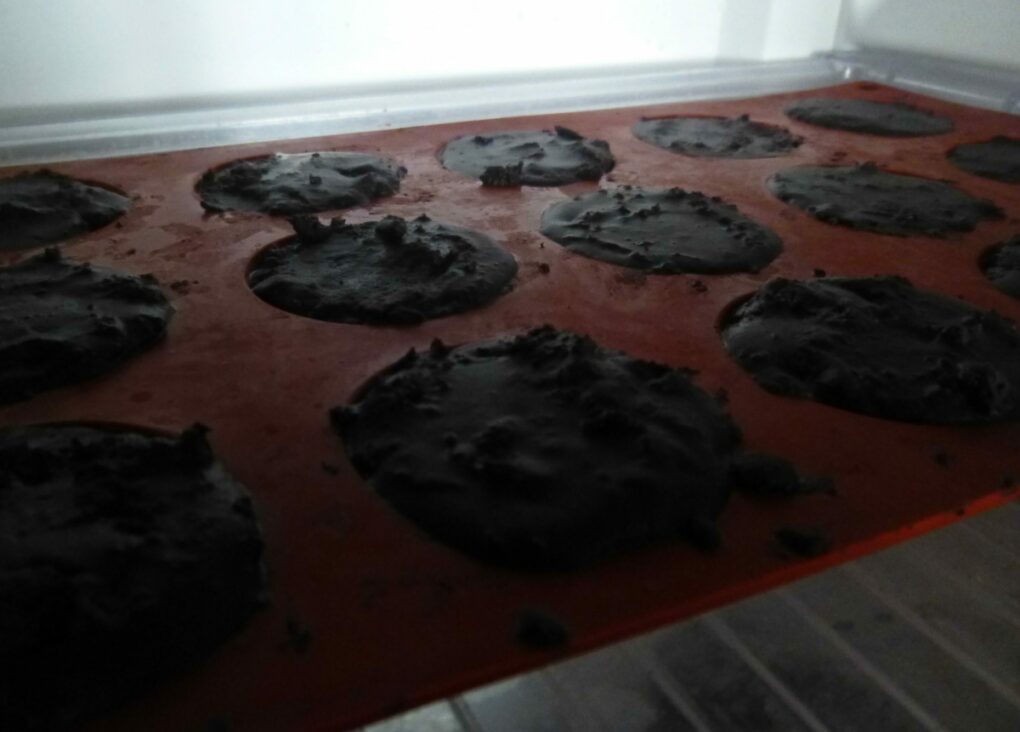
Jump To
What is Raw Chocolate?
Raw chocolate markets itself as an eco-friendly, allergen-safe, non-GMO, vegan, more nutritious, and healthier alternative to traditional chocolate. For most consumers, this just means that the cacao used to make the chocolate wasn’t roasted, though some people also buy unfermented, unroasted cacao for raw chocolate making at home.
The concept of ‘raw food’ has a very specific definition & parameters. However, the full term ‘raw chocolate’ isn’t standardized, and thus could be used loosely to mean different things.
Key differences that raw chocolate manufacturers point out are the level of heat exposure cacao beans experience, and the type and number of added ingredients in the finished product.
This tends to come down to the two steps of chocolate making that are different with raw chocolate: fermentation and roasting. Most ‘raw’ chocolate is merely unroasted, but is still made with fermented cacao, for example the Raw Ubud chocolate brand on Bali.
The Raw Food Movement believes that food exposed to cooking temperatures above 115°F to 118°F (46°C to 48°C) kills the nutritional value and enzymes in food that are important for the body’s health.
Raw chocolate manufacturers often cite that their compliance with this technical requirement applies specifically to the roasting and grinding processing steps of the cacao beans, though temperatures during cacao fermentation can get as high as 140°F (60°C).
As such, most of these chocolates will have developed a bit of chocolatey flavor during fermentation, but will still be quite earthy and bitter from lack of roasting. These manufacturers prefer to incorporate natural and non-dairy alternatives to make raw chocolates, which often make them vegan chocolates, as well.
Although raw chocolate can be vegan, the categories are different. Raw chocolate is chocolate made with cacao beans roasted and processed at low temperatures, while vegan chocolate merely foregoes any animal products.
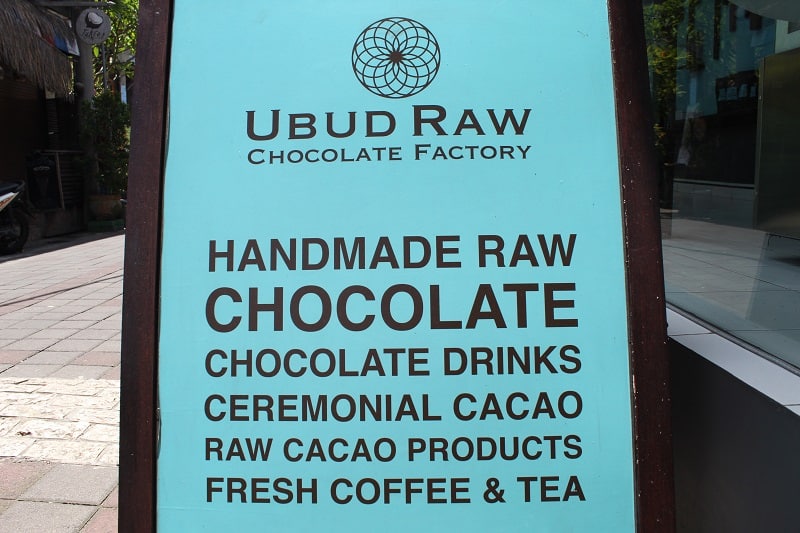
So Why Can't Chocolate Be Raw?
Cacao is a fruit and it grows on a tree in tropical climates. The seeds from that fruit are what we make into chocolate, and after the fruits are harvested and the seeds are collected, the seeds are fermented in massive piles and then dried. These two parallel processes together create the chocolatey flavor we associate with cacao.
Without fermentation, chocolate would taste acidic, bitter, and earthy, and just plain disgusting. So most cocoa beans go through some amount of fermentation after they're harvested, though sometimes this is more out of utility than for flavor development. The dried beans are then roasted and peeled, and ground into chocolate.
But if you remove the roasting, they're still technically raw, right? Wrong.
During fermentation, beans have to reach a certain temperature in order to kill the germ (future cacao tree) inside, and to get rid of the bad flavors & replace them with good ones. That's a simplification of the process, but the point is: cacao cannot be both raw and taste anything like chocolate. Therefore those "raw" cacao nibs you bought either taste like complete crap, or they were definitely fermented (and therefore not raw).

Raw Chocolate in History
The concept of raw chocolate, cacao in its unadulterated state, goes back thousands of years to the ancient Mesoamerican civilizations of Central and South America. At the time, cacao beans were used as a form of currency, and transformed into an important ceremonial beverage.
The Spanish conquistadors would then bring cacao to Europe through their expeditions to the so-called New World in the 15th century. It was initially imported as a medicinal drink, and would later spread throughout Europe as a drink for high society, which began mixing in luxurious spices and sweeteners.
The 19th century saw several advancements in manufacturing techniques and technology that helped chocolate transition from a beverage into a food. Improvements in flavor and texture also helped increase its popularity, while new machines made it possible to process cacao on a large scale.
The vegan movement that now by extension includes many adherents to the Raw Food Movement garnered attention in the late 1800’s. It continued to increase in popularity in the early 1920’s, and gained momentum in the 1990’s.
Since then, more and more consumers have become more discerning, and place greater value on the healthy qualities of the things they eat and drink. Raw chocolate makers cater to these consumers, who are also generally willing to pay a premium for a healthier alternative.
It's difficult to trace who the pioneers of raw chocolate are, as the definition isn’t standardized, and the different processes can vary. However, Raaka Chocolate, with their so-called ‘virgin’ chocolate, now branded as ‘unroasted chocolate,’ is often cited as one of the popularizing brands. Some other examples of raw chocolate brands are below.

- Fine & Raw - founded by Daniel Sklaar in 2006 in Williamsburg, Brooklyn. They are known for their highly-rated organic chocolate bars and chocolate hazelnut spreads. They use a clean ingredient list to ensure all ingredients are organic, and use only coconut sugar to sweeten their chocolates. They focus on the nutritional benefits of organic fermented cacaos from Ecuador & Ghana, unroasted and sometimes flavored.
- HealthWorks – sell organic cacao nibs and powder that they claim to be ‘minimally-processed’ when asked if they are raw. Both are available in sizes ranging from one to five pounds.
- Terrasoul Superfoods – offer “raw certified organic” criollo cacao from Peru or Ecuador. The cacao is available as unpeeled beans, nibs, paste, and in powder form. All their cacao products are fermented and sun-dried, though some are “processed at low temperatures” and others not roasted at all.
- The Raw Chocolate Company – sell various finished chocolate products, ingredients, and cacao powder. They state that their products are vegan, dairy free, and certified organic. And they use the term ‘raw’ for their chocolate, stating that the cacao does not go through any heat treatments after being sun-dried. Their site does state that the cacao beans are still fermented.
- Sacred Chocolate – a 2006 Raw Food Pioneer sourcing their cacao from Ecuador. They offer organic, vegan, stone-ground chocolates made using biodynamic, unfermented cacao with the pulp included. Because of this, their chocolate has a naturally purple shade unique to their brand. This business is currently up for sale.
From the examples covered, only one maker offers confections made with unfermented cacao beans, though they mix the pulp in with the beans. Most other manufacturers claimed their cacao products and chocolate were raw merely because they’re minimally processed. Many of those also state that the post fermentation and drying processing steps were done in cooler temperatures, but almost all raw cacao is still fermented.

Raw Chocolate Benefits
Proponents and makers of raw chocolate believe that the cold post-processing of cacao makes the chocolate more nutritious, contain more antioxidants, and preserve more theobromine. The lack of unnecessary additives and highly-processed sugar are also helpful for those trying to manage their weight.
Raw chocolate makers claim that the lack of processing also lends to a better expression of the nuanced flavors of cacao. The cold post-processing of cacao during grinding preserves more flavonoids, plant compounds that function as antioxidants and have been shown to improve blood flow & pressure.
Studies also show that raw chocolate contains more theobromine, a stimulant like caffeine but with a milder and more gradual effect. Like traditional chocolate, raw chocolate contains magnesium. Together with theobromine, raw chocolate may promote a more potent calming effect, reduce stress, and improve one's mood.
Raw chocolate makers tend to make use of natural sweeteners rather than refined sugar. This is because more studies are revealing that sugar has an increasingly negative impact on health than previously thought. Higher blood pressure, systemic inflammation, weight gain, diabetes, and fatty liver disease are effects associated with sugar intake, and are all linked to an increased risk of heart attack.
The companies’ tendency to utilize dairy alternatives and other less-processed ingredients also tends to make them more allergen-friendly. Despite raw chocolate's perceived health benefits, it’s still a source of calories, and its consumption should be restricted to prevent unwanted weight gain.
Depending on the circumstances, some people also consider theobromine a toxic substance, as it’s especially bad for certain pets (dogs, in particular). But the main argument against raw chocolate are concerns regarding sufficient sanitization.
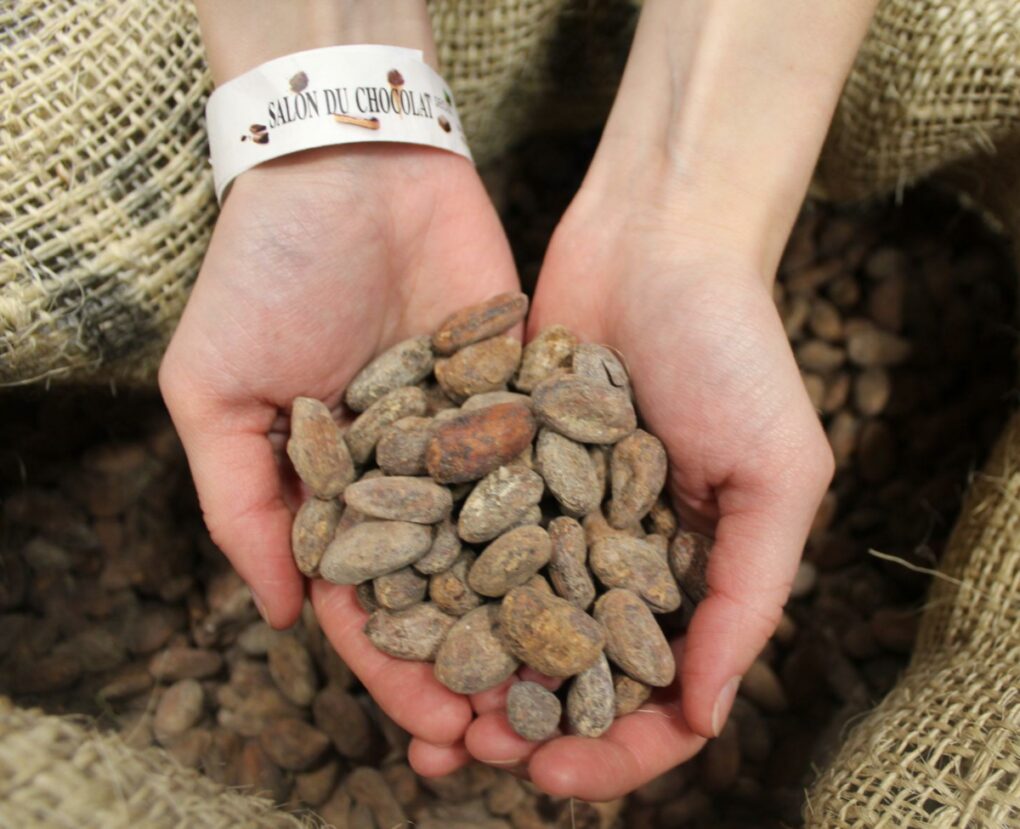
Problem with Raw Chocolate
The issue with raw chocolate is its loose use of the ‘raw’ label and selective & limited reference to roasting. Although raw chocolate claims to have higher flavonoid and theobromine levels, the effect that digestion has on how well our bodies can use them is still unclear. Skipping the step of roasting limits the ability to develop the full flavor potential in the beans, as well.
Finally, roasting the cacao at lower temperatures and only heating added ingredients to the same low temps raises safety concerns. All sorts of insects and animals can get into the bags of cacao and can easily contaminate them; roasting plays the dual role of sanitizing the beans.
Justifying the raw label by merely foregoing roasting overlooks the two essential post-harvest processing steps of the cacao bean: fermentation and drying. Both of those steps also expose cacao beans to higher temperatures than could ever be considered raw.
But no certifications exist to prove how the cacao and chocolate were handled or processed, so there’s no way for makers to really prove to consumers that their products are ‘raw’ (whatever that means). Cacao beans and raw ingredients, such as milk, that have not been sufficiently heated, may not be sufficiently sterilized before they get to you as chocolate.
The cultivation and initial post-processing of cacao exposes the beans to germs, bacteria, and pathogens in the environment that could be harmful if consumed. Finally, roasting plays an important role in further developing the flavor and aroma of cacao.
Insufficient roasting temperatures lead to a weak Maillard reaction, and therefore insufficient caramelization to subdue the cacao's inherent acidity and astringency. When certain acids formed during fermentation aren’t burned off or transformed during roasting, they stay in the final chocolate, making it acidic.
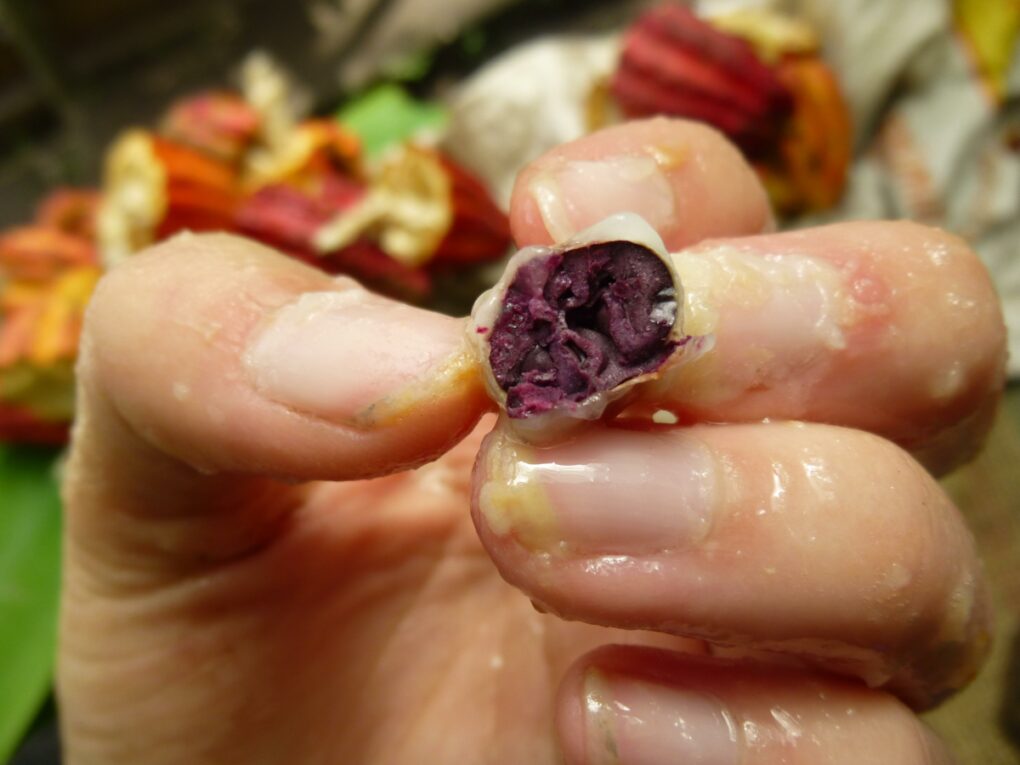
Importance of Fermentation in Chocolate
The definition of chocolate stipulates that it's specifically made with fermented cacao beans. This happens when the pulp that the cacao beans are naturally covered in undergoes fermentation, transforming the environment for microorganisms and the cacao bean itself.
The post-harvest fermentation of the pulp can last up to 7 days, and exposes the beans to temperatures as high as 50°C (122°F). The combination of heat, yeasts, lactic acid, and acetic acid bacteria kill the beans’ germs and lead to the production of characteristically ‘chocolatey’ flavor compounds.
Either too short fermentation time or insufficient flavor precursors may affect the taste, fragrance, and color of the cacao. The opposite is also true, where over-fermentation leads to a rise in bacilli and filamentous fungi that can cause off-flavors. Unfermented cacao lacks the flavor and color necessary for making chocolate, which is why the flavor of raw chocolate is often compared to dirt.
During fermentation, the beans’ moisture level increases and they need to be dried to moisture levels between 6 to 7%. Proper drying stops the fermentation reaction, locks in the flavors, and makes the beans safe for storage. A 2007 study in the archives of the World Cocoa Foundation states that unfermented cacao beans are lacking in the aroma characteristics associated with chocolate, are more bitter, and are astringent.
Furthermore, the required drying process exposes the beans to temperatures potentially as high as 158°- 176°F (70°-80°C), though ideally no higher than 113°F (45°F), and reduces built-up moisture & acidity. As these two key post-harvest steps are inescapable, the claims that raw chocolate is even raw are questionable.
In India they did a review of drying methods, and in their climates, an attempt at controlling the temperature to as low as 104°F (40°C) turned out to be impractical due to its complexity, effort, and cost.
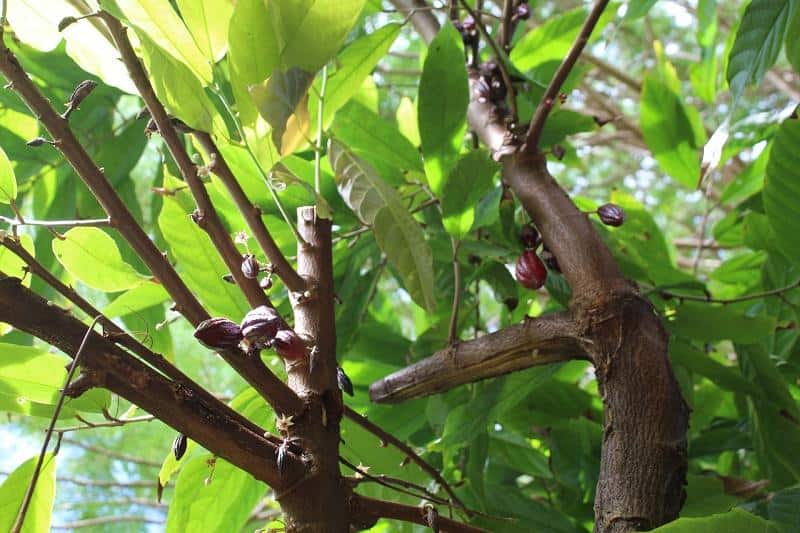
Raw Chocolate FAQ
Raw chocolate under the qualifications of the Raw Food Movement doesn't truly exist. This is because proper post-harvest processing exposes the cacao beans to temperatures that exceed the threshold required for an ingredient to be considered ‘raw.’
Due to the low roasting temperature, truly raw chocolate may not have been fully sterilized from the dangerous pathogens and bacteria that can grow on cacao. However, raw chocolate manufacturers routinely claim that it is safe.
Theoretically, yes because it contains higher levels of antioxidants, theobromine, and nutrients like magnesium. However, current studies have yet to prove a correlation between the consumption of chocolate and actual health benefits. Chocolate still goes through the digestive acids, and how the body utilizes these components is still unclear. In addition, raw chocolate is still a source of calories and should be consumed in moderation.
The difference in focus of commercial raw chocolate and the regular stuff is in the different roasting and grinding temperatures. Temperatures during roasting and grinding should not exceed 115°F to 118°F (46°C to 48°C), which also applies to any other ingredients added to the chocolate.
Due to the lower roasting temperature, raw chocolate will be more bitter and have a fruitier, astringent, and more earthy & acidic flavor profile. Some may view this as an advantage in highlighting flavor notes that give clues to the beans' origin.

















Alan Jaffe
So then what company would be the best to buy the healthiest/safest cacao nibs from?
Max
What do you mean by 'healthiest/safest cacao nibs'?
Steve De Vries
Great article with this exception:
Furthermore, the required drying process exposes the beans to temperatures between 158°- 176°F (70°-80°C), and reduces built-up moisture & acidity. As these two key post-harvest steps are inescapable, the claims that raw chocolate is even raw are questionable.
My protocols for intermittent drying (based on drying at Chuao) don't allow drying temperatures over 45°C. Temperature as high 70°-80°C result in a serious defect called tuesta del sol (sun toast).
Contact me if you would like more information.
Max
Very interesting! I'll amend that point, but from some of the 'raw' cacaos I've tasted & what you've said, it's certainly possible that their beans did see such high temps in drying...!